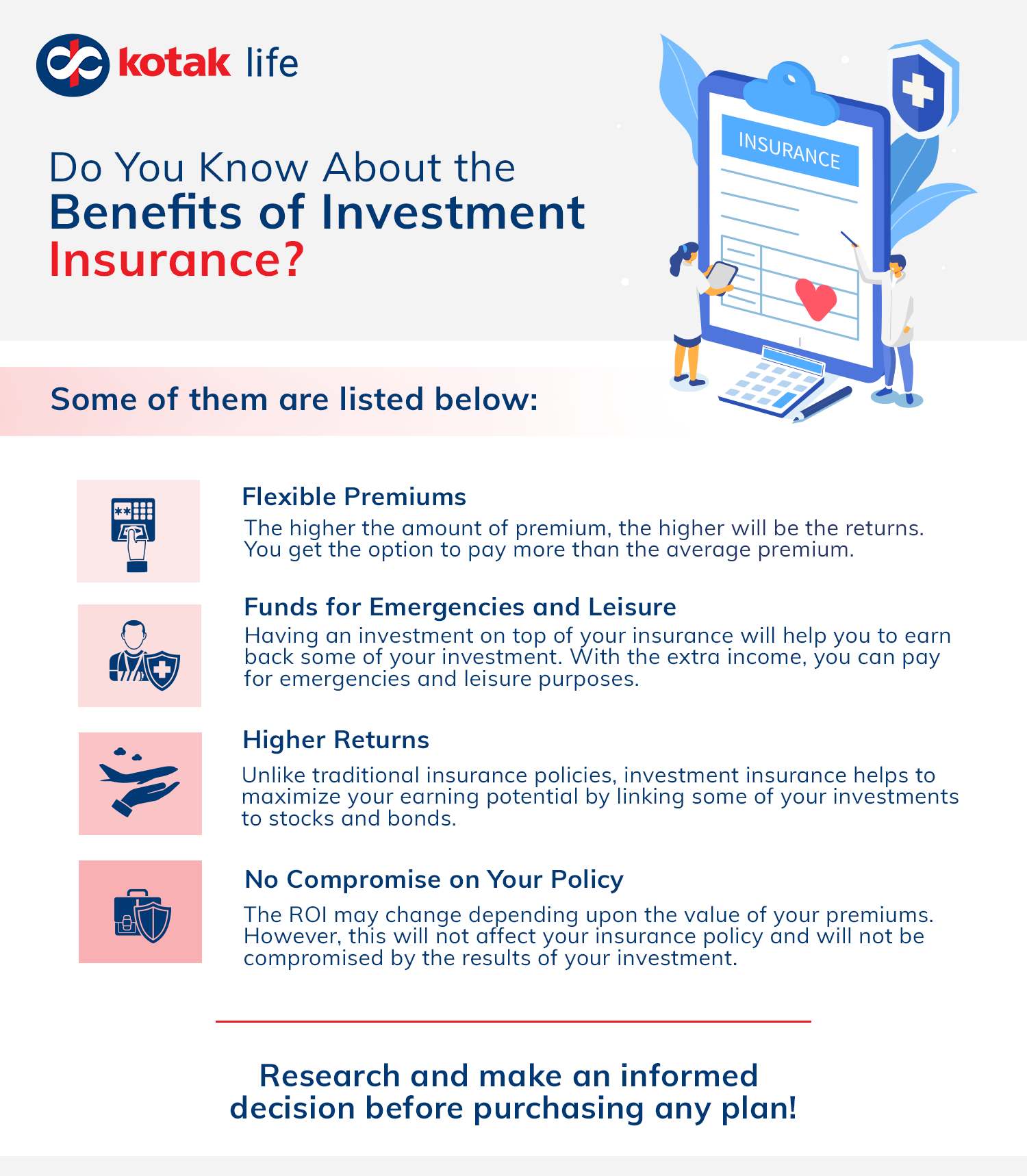More About Pacific Prime
More About Pacific Prime
Blog Article
An Unbiased View of Pacific Prime
Table of ContentsHow Pacific Prime can Save You Time, Stress, and Money.The Ultimate Guide To Pacific PrimePacific Prime for DummiesSome Ideas on Pacific Prime You Need To KnowTop Guidelines Of Pacific Prime

This is due to the fact that the information were collected for a period of solid financial performance. Of the approximated 42 million people who were without insurance, almost about 420,000 (regarding 1 percent) were under 65 years old, the age at which most Americans come to be eligible for Medicare; 32 million were adults in between ages 18 and 65, around 19 percent of all adults in this age; and 10 million were youngsters under 18 years of age, about 13.9 percent of all kids (Mills, 2000).
These price quotes of the variety of individuals uninsured are produced from the yearly March Supplement to the Present Populace Study (CPS), performed by the Demographics Bureau. Unless otherwise kept in mind, nationwide quotes of people without health and wellness insurance policy and percentages of the populace with different type of coverage are based on the CPS, the most widely used source of price quotes of insurance policy protection and uninsurance prices.
The Facts About Pacific Prime Revealed

Still, the CPS is specifically beneficial because it creates yearly estimates fairly quickly, reporting the previous year's insurance policy protection approximates each September, and due to the fact that it is the basis for a consistent set of estimates for even more than 20 years, permitting analysis of patterns in coverage gradually. For these reasons, as well as the extensive use of the CPS in various other research studies of insurance protection that exist in this record, we rely upon CPS price quotes, with limitations noted.

The estimate of the number of without insurance people expands when a populace's insurance standing is tracked for several years. Over a three-year period beginning early in 1993, 72 million people, 29 percent of the united state population, lacked insurance coverage for a minimum of one month. Within a solitary year (1994 ), 53 million individuals experienced a minimum of a month without coverage (Bennefield, 1998a)
6 out of every ten without insurance adults are themselves utilized. Working does boost the probability that one and one's family members will certainly have insurance coverage, it is not a warranty. Even members of families with two permanent breadwinner have practically a one-in-ten opportunity of being content without insurance (9.1 percent uninsured rate) (Hoffman and Pohl, 2000).
Some Known Questions About Pacific Prime.
New immigrants make up a substantial percentage of people without medical insurance. One evaluation has actually connected a significant part of the current development in the size of the united state without insurance populace to immigrants that showed up in the nation between 1994 and 1998 (Camarota and Edwards, 2000). Current immigrants (those who came to the USA within the past four years) do have a high rate of being uninsured (46 percent), however they and their children represent simply 6 percent of those without insurance policy across the country (Holahan et al., 2001).
The partnership in between health and wellness insurance and accessibility to care is well established, as recorded later on in this chapter. Although the relationship between medical insurance and health end results is neither direct neither straightforward, an extensive clinical and health services research study literature links health insurance coverage to improved accessibility to care, better high quality, and boosted individual and population health and wellness standing.
Levels of evaluation for analyzing the impacts of uninsurance. This conversation of medical insurance protection focuses mainly on the U.S. populace under age 65 since practically all Americans 65 and older have Medicare or other public insurance coverage. Moreover, it concentrates particularly on those with no health and wellness insurance policy for any kind of length of time.
The Only Guide to Pacific Prime
The troubles encountered by the underinsured are in some respects similar to those encountered by the uninsured, although they are usually much less extreme. expat insurance. Uninsurance and underinsurance, however, involve noticeably different plan issues, and the techniques for resolving them might differ. Throughout this research and the 5 reports to follow, the main emphasis is on individuals with no medical insurance and thus no assistance in spending for wellness treatment beyond what is readily available via charity and safety and security web organizations
Medical insurance is an effective factor influencing invoice of treatment because both people and physicians reply to the out-of-pocket rate of solutions - https://www.twitch.tv/pacificpr1me/about. Medical insurance, however, is neither necessary neither adequate to get to medical services. The independent and straight result of health and wellness insurance policy protection on accessibility to health services is well established.
Others will certainly obtain the healthcare they require also without medical insurance, by paying for it expense or seeking it from providers who provide care free or at highly subsidized prices. For still others, medical insurance alone does not guarantee invoice of treatment as a result of various other nonfinancial obstacles, such as an absence of healthcare suppliers in their neighborhood, minimal accessibility to transportation, illiteracy, or etymological and social differences.
The Main Principles Of Pacific Prime
Official study concerning without insurance populations in the USA dates to the late 1920s and very early 1930s when the Committee on the Cost of Medical Care generated a series of records regarding financing physician office visits and hospitalizations. This problem ended up being prominent as the numbers of clinically indigent climbed up during the Great Depression.
Report this page